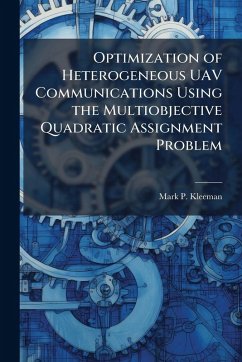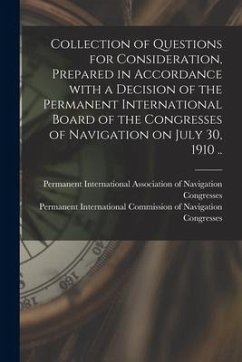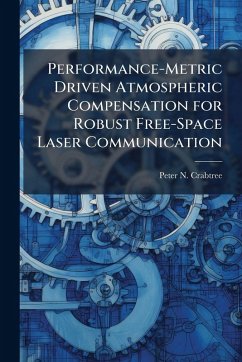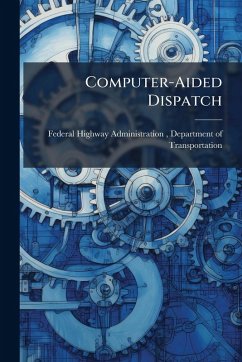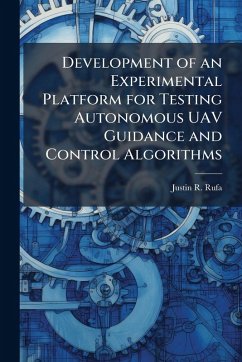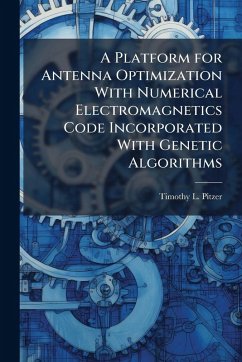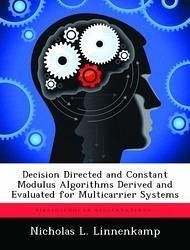
Decision Directed and Constant Modulus Algorithms Derived and Evaluated for Multicarrier Systems
Versandkostenfrei!
Versandfertig in über 4 Wochen
17,99 €
inkl. MwSt.

PAYBACK Punkte
9 °P sammeln!
The purpose of this research is to derive and examine blind adaptive algorithms for equalizing multicarrier (MC) communication systems and analyze how they performunder varying environmental conditions and parametric variations, focusing on equalizersset in cascade with the channel. Two well-accepted and widely-known cost functions, Decision Directed (DD) and Constant Modulus (CM), are applied to the MC signalstructure, and gradient descent algorithms based on both DD and CM functions arederived, analyzed and compared. Comparison of the new algorithms, Multi CarrierDecision Directed (MCDD) and...
The purpose of this research is to derive and examine blind adaptive algorithms for equalizing multicarrier (MC) communication systems and analyze how they performunder varying environmental conditions and parametric variations, focusing on equalizersset in cascade with the channel. Two well-accepted and widely-known cost functions, Decision Directed (DD) and Constant Modulus (CM), are applied to the MC signalstructure, and gradient descent algorithms based on both DD and CM functions arederived, analyzed and compared. Comparison of the new algorithms, Multi CarrierDecision Directed (MCDD) and Multi Carrier Constant Modulus (MCCM), focuses ondetailing how each algorithm performs when the factors of noise power and symbolsynchronization are varied. Additionally, a Frequency Domain Equalizer (FEQ) isdeveloped and employed to de-rotate and resize the output symbol constellation. BothMCDD and MCCM are compared against other blind and trained adaptive MCequalization algorithms in the areas of bit error rate (BER) vs. signal to noise ratio (SNR)and BER vs. synchronization delay. Results are presented showing that MCDD andMCCM perform worse than a MC Trained (MCT) approach but better than bothMulticarrier Equalization by Restoration of Redundancy (MERRY) and Carrier NullingAlgorithm (CNA). This work has been selected by scholars as being culturally important, and is part of the knowledge base of civilization as we know it. This work was reproduced from the original artifact, and remains as true to the original work as possible. Therefore, you will see the original copyright references, library stamps (as most of these works have been housed in our most important libraries around the world), and other notations in the work. This work is in the public domain in the United States of America, and possibly other nations. Within the United States, you may freely copy and distribute this work, as no entity (individual or corporate) has a copyright on the body of the work. As a reproduction of a historical artifact, this work may contain missing or blurred pages, poor pictures, errant marks, etc. Scholars believe, and we concur, that this work is important enough to be preserved, reproduced, and made generally available to the public. We appreciate your support of the preservation process, and thank you for being an important part of keeping this knowledge alive and relevant.



